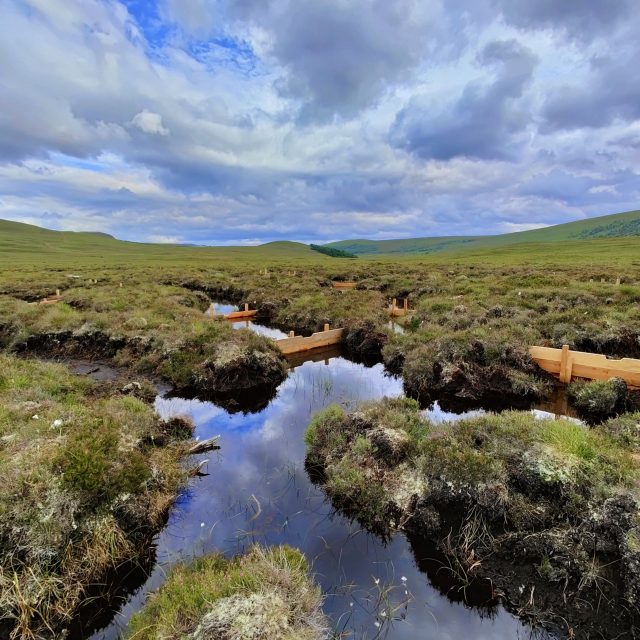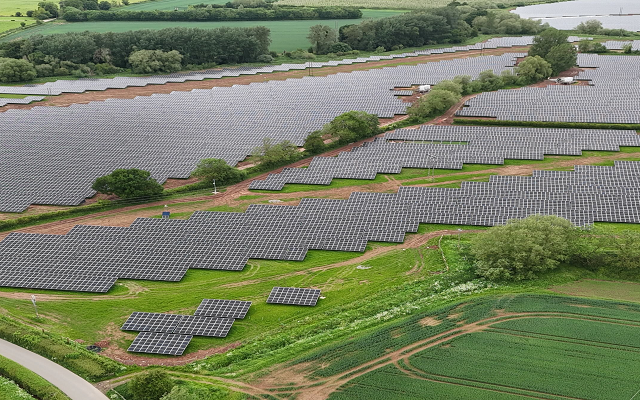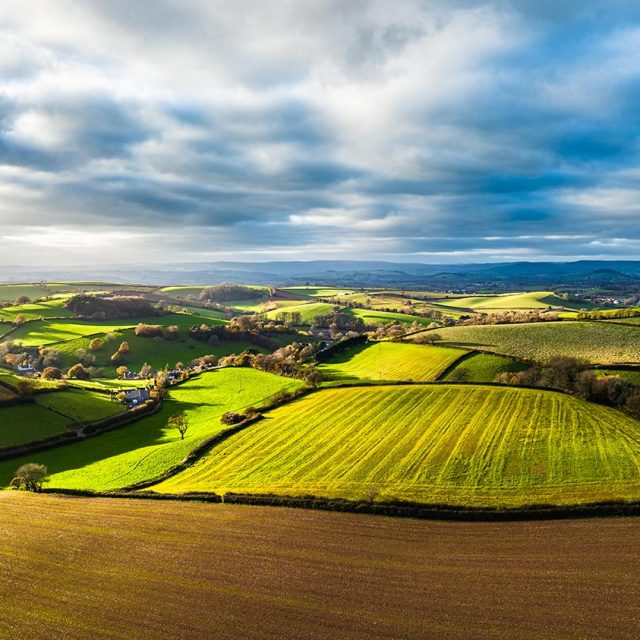UK nature market standards – are we making progress?
Nature markets have huge potential as a way of securing the investment needed to tackle climate change and reverse biodiversity losses, but as with any emerging market there are lots of questions about how they should operate.
In March 2023, the Government published its Nature Markets Framework which acknowledged that realising its ambitious goals for net zero and nature recovery will require a major boost in finance for nature.
While the intention is that some of that finance will come from public funds, the government knows that it is too big a job to do alone. Its goal is therefore to grow private investment into nature projects in England to at least £500 million every year by 2027, rising to more than £1 billion by 2030.
Attracting this level of private investment into nature means that participants need to be confident in exactly what they are buying and selling and on what timescales. This is important for buyers of any nature-based units, so they are confident that their investment will produce real environmental improvements, protecting them from accusations of greenwashing. Equally, it is vital for any landowners who are considering entering such arrangements to give them confidence they understand the commitments they are making and have clarity over the long-term implications.
The UK’s Woodland Carbon Code and Peatland Code are generally seen as a success in terms of demonstrating that the carbon units they generate are of high integrity and that there is consistency in how they are treated. But there are not yet the agreed mechanisms in place for the less mature nature markets – for example, those involving nutrient neutrality and biodiversity.
To help fill that gap, in March 2024, the British Standards Institute issued a consultation on operational standards for UK nature markets. Although production of the principles was sponsored by Defra, it has stressed that it does not constitute government policy. But the standards can be viewed as an “emerging articulation” of the principles for how nature units should be generated, traded and stored to ensure high integrity.
It includes guidance on the governance of market participants, the disclosure of information and the need for engagement with local communities. It also states that buyers’ use of units should be based on an environmental mitigation hierarchy, so they can show that purchasing units as compensation is the last step in their efforts to improve their environmental impact. Meanwhile, sellers will need to be able to show they have avoided any negative impacts on other environmental assets.
The principles don’t provide all the answers but are an important step forward and mean that farmers and landowners are starting to get more clarity about what will be seen as best practice in these markets.
Detailed standards which will focus on biodiversity and natural carbon markets are due to be released later in the year.
If you would like to discuss nature markets, contact Hugh Williams.






